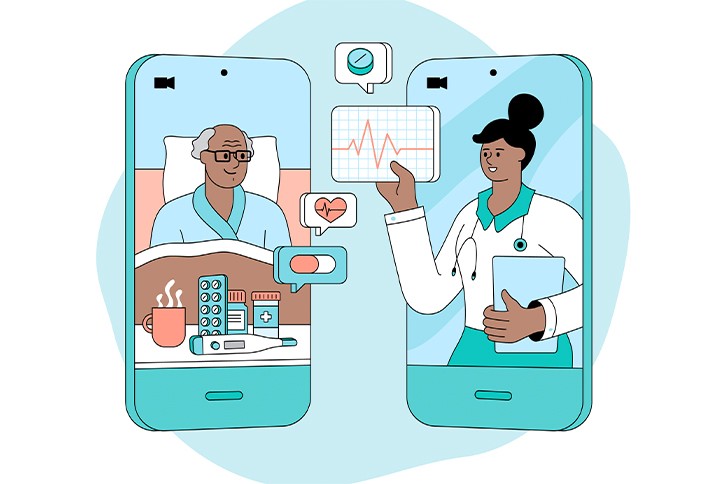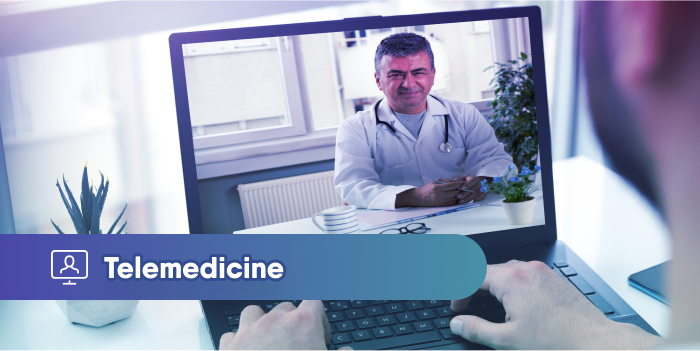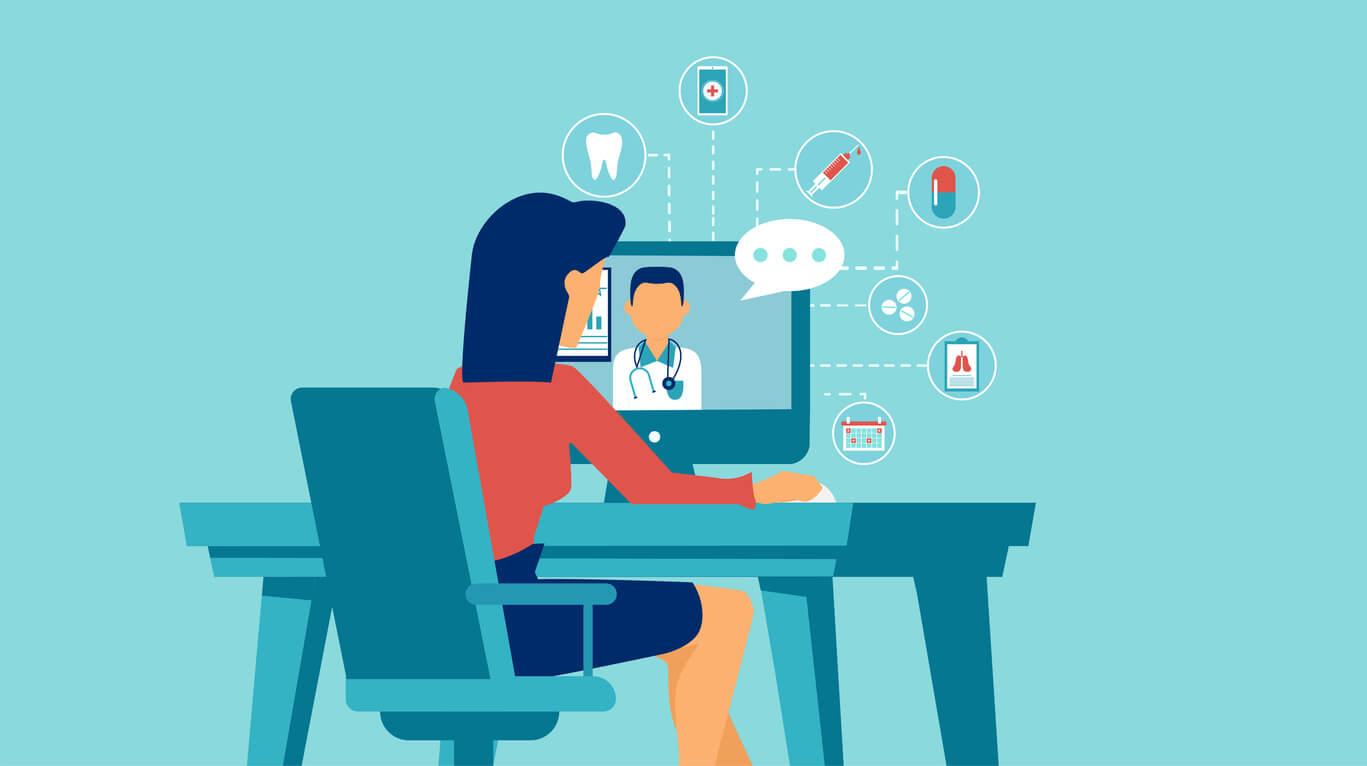Thorough Telemedicine Reviews: Understanding the Pros and Cons of Virtual Treatment
Thorough Telemedicine Reviews: Understanding the Pros and Cons of Virtual Treatment
Blog Article
Embracing Telemedicine: Transforming Healthcare Distribution for a Modern Globe
The landscape of health care shipment is undergoing a substantial change thrust by technical developments, with telemedicine becoming a crucial element in this change. As we navigate a period characterized by quick digitalization and progressing patient requirements, the assimilation of telemedicine into standard medical care techniques presents an engaging recommendation. This ingenious approach not just holds the assurance of improving accessibility to care yet also stands to change the dynamics of patient-provider communications. In exploring the effects and complexities of welcoming telemedicine, a nuanced understanding of its diverse influence on health care delivery in the contemporary globe becomes important.
The Advancement of Telemedicine
Telemedicine has actually undergone considerable development over the previous couple of years, changing the landscape of medical care distribution. Initially developed to bridge the void in between healthcare carriers and patients in remote areas, telemedicine has currently increased its reach to offer a vast array of clinical solutions with technical innovations.
In the onset, telemedicine mostly included assessments via telephone or video clip conferencing. However, with the spreading of digital devices and platforms, healthcare specialists can now remotely check essential indications, conduct virtual exams, and even do specific clinical procedures. This change in the direction of more thorough virtual treatment has revolutionized the means health care is supplied, making it a lot more available and hassle-free for patients.
Moreover, the integration of electronic wellness records (EHRs) and telemedicine has improved control among medical care groups, resulting in extra reliable and collective client treatment. Telemedicine reviews. With the recurring advancements in expert system and remote tracking gadgets, telemedicine is positioned to continue developing, providing cutting-edge solutions to improve health care end results globally

Benefits of Telemedicine Adoption
As the utilization of telemedicine has actually expanded to include a wider range of medical solutions and technological abilities, the benefits of its adoption in modern-day health care distribution have become significantly apparent. One of the primary advantages of telemedicine is raised access to medical care services, especially for people in underserved or remote locations. People can now seek advice from with doctor without the requirement for extensive travel, lowering both time and price barriers. Furthermore, telemedicine boosts benefit for individuals by allowing them to arrange visits at times that match their timetables, promoting far better adherence to therapy plans.
Additionally, telemedicine can bring about better wellness results with improved care coordination. With the ability to easily share clinical documents and work together with experts, doctor can supply even more thorough and prompt therapy. This structured method can lead to faster medical diagnoses, decreased healthcare facility admissions, and much better management of persistent conditions. Moreover, telemedicine can assist minimize strain on typical health care systems by decreasing congestion in facilities and medical facilities, ultimately boosting overall performance and person fulfillment.
Conquering Telemedicine Challenges
Dealing with the barriers inherent in integrating telemedicine into existing health care systems offers a crucial yet surmountable challenge for health care carriers worldwide. One major hurdle is the resistance to change among both health care experts and people. Convincing traditional doctor to embrace telemedicine needs thorough training programs and continual assistance to ensure smooth assimilation. Moreover, patients may be hesitant to embrace digital appointments as a result of problems concerning the quality of treatment or a lack of familiarity with the innovation.
Furthermore, regulatory obstacles and reimbursement constraints position substantial obstacles to the extensive implementation of telemedicine. Diverse state and country guidelines concerning telemedicine techniques produce a complex atmosphere for service providers to browse. Reimbursement plans that do not sufficiently compensate for telemedicine solutions can deter health care organizations from purchasing this cutting-edge method to care delivery.

Enhancing Patient-Provider Interaction
Browsing the landscape of telemedicine difficulties brightens the vital need for improving patient-provider interaction in modern health care distribution systems - Telemedicine reviews. Reliable interaction exists at the heart of quality medical care stipulation, and in the realm of telemedicine, where physical signs might be limited, clear and understanding interaction becomes a lot more critical
Enhancing patient-provider interaction in telemedicine includes different techniques. Providing clear directions, establishing practical assumptions, and making sure open lines of communication for follow-up queries can boost the overall individual experience in telemedicine.
Future Trends in Telemedicine
Expecting the development of telemedicine, developments in modern technology and healthcare shipment systems are leading the means for innovative strategies to client treatment. One of the future trends in telemedicine is the integration of man-made knowledge (AI) and machine knowing algorithms to improve analysis capacities.
By leveraging telemedicine, health care suppliers can reach individuals in remote areas, improving access to high quality care. These advancements in telemedicine hold fantastic guarantee for transforming healthcare distribution and boosting individual outcomes in the future.
Conclusion
In conclusion, telemedicine has actually reinvented medical care distribution by improving access to care, boosting effectiveness, and improving patient end results. In spite of difficulties, the benefits of telemedicine adoption are clear, leading the method for better patient-provider interaction and future improvements in health care. As technology proceeds to progress, telemedicine will certainly play a critical function in transforming health care delivery for a modern-day globe.

Preparing for the advancement of telemedicine, developments in technology and healthcare distribution systems are leading the means for cutting-edge methods to patient treatment. These developments in telemedicine hold terrific promise for changing healthcare distribution and enhancing person results in the future.
In verdict, telemedicine has revolutionized medical care delivery by enhancing access to care, boosting efficiency, and enhancing patient end results.
Report this page